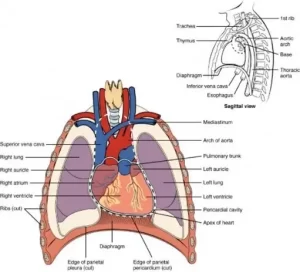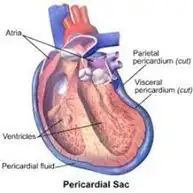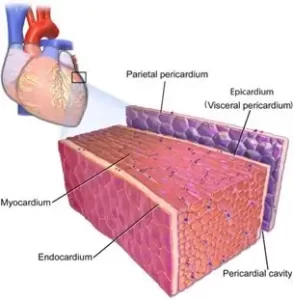Heart disease tops the list of death-causing diseases according to World Health Organization (WHO)1, NIH2, and Healthline3 websites. In the medical field, it is termed cardiovascular diseases (CVDs). Imagine 85% of all the deaths reported in 2019, were due to heart attack and stroke. While 75% of CVD deaths are found to take place in low- and middle-income countries. Human beings on the earth can be saved if they are made aware of CVD and how to get it detected early. This blog and subsequent ones following it on CVD pathologies will share about their types and how can a dear one be saved by broadly understanding the CVDs from a common individual’s point of view. For that, it is important to visualize the functioning of a heart and its importance.
Here an attempt is being made to make the common man realize why it is extremely important to understand basic things about the human heart.
What is a Heart?

The heart is primarily a pump and acts to ensure like any other pump. Recall in our daily life we use a pump to say circulate water and distribute it on a farm by a farmer. Or we use a pump to push water from the ground/underground water storage to reach on top of the building to ensure there is a supply of water at a required pressure (meaning with force) in the building or house or apartment.
So, in the case of the heart, it circulates the blood in the human body at a specific range of pressure required because the blood also carries all the nutrients for maintaining the health of a human body from conception to death of a human being.
Now, for a common person to understand diseases of the heart it is prudent to first understand the sway heart is placed plus protected within the human body, its functionality, and its structural components which may lead to diseases of the heart.
On the left shows (Figure 1) the way the heart is placed inside the human body.
Source: https://courses.lumenlearning.com/suny-ap2/chapter/heart-anatomy/
In the Fig 2 image below, one can see the actual muscles of the heart are wrapped around this light blue color sac carrying fluid and is called Pericardium Fluid. We will talk about it when dealing with CVDs affecting the heart from outside its muscular structure.
Fig 2 (left) Pericardial Sac. (Source: Wikipedia)
Now, to understand the functioning or malfunctioning of the heart it is essential to have a general view of how the muscles of the heart are made of. Is it a single layer or multiple layers? Fig 3 below shows the cross-section of the heart muscle with the names of its different layers.
Fig 3: A cross-section of the muscles of the heart. (Source: Wikipedia)
We will talk about the way these layers of heart muscle function and may give rise to CVDs.
Finally, Fig 4 below shows there is yet one more Pleural Sac that engulfs both the lungs that together cover as well as protects the heart from both sides as shown. Why is it so, must be an obvious question which may instantly strike. In blogs to follow we will certainly find an answer to this question as well related to CVDs.
Fig 4 The Pleural Sac and Lungs engulfing the heart. (Source: Merck Manuals)
Just an interesting medical fact one would have sometimes heard viz., “a person has been termed by clinicians as brain dead” yet he/she would be breathing as the heart would be functioning. However, no sooner the heart stops functioning than a person is for sure declared dead. 
Conclusion
Hence to understand the CVDs they can be broadly broken up arising on account of:
(1) The functionality of the heart by assessing its performance against a normal scale.
(2) Structure of the heart and its performance against a normal scale.
(3) When a heart inherits genetic disorders in the course of its formation during the pregnancy period of the mother.
I will in subsequent blogs on Cardiac Pathologies deal at length to understand each of the above three categories in which CVDs can be grouped.
Bibliography
1. Global health estimates: Leading causes of death (who.int)
2. Our Biggest Health Challenges | National Institutes of Health (NIH)
3. 12 Leading Causes of Death in the United States (healthline.com)






